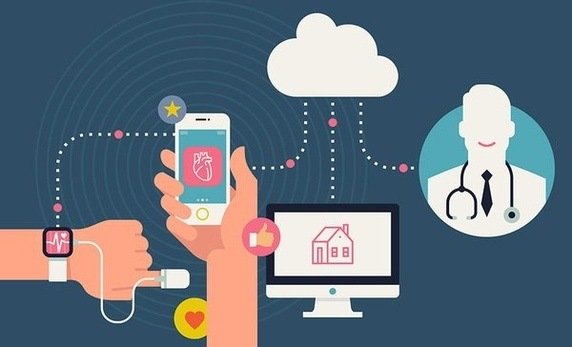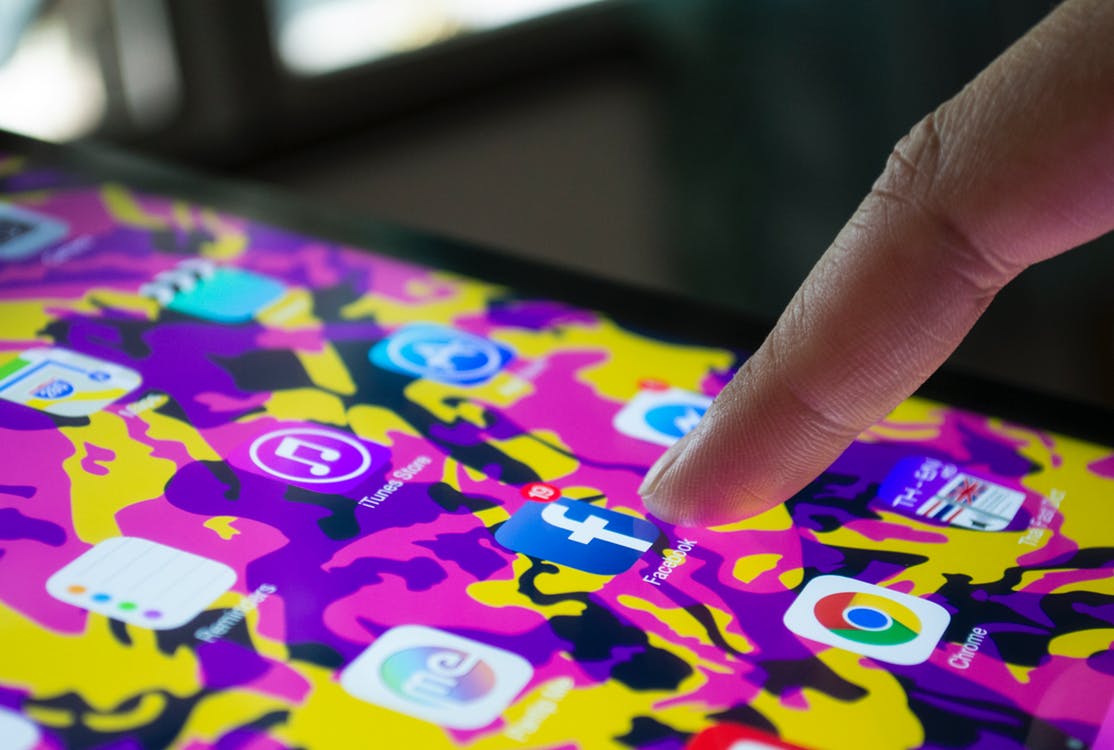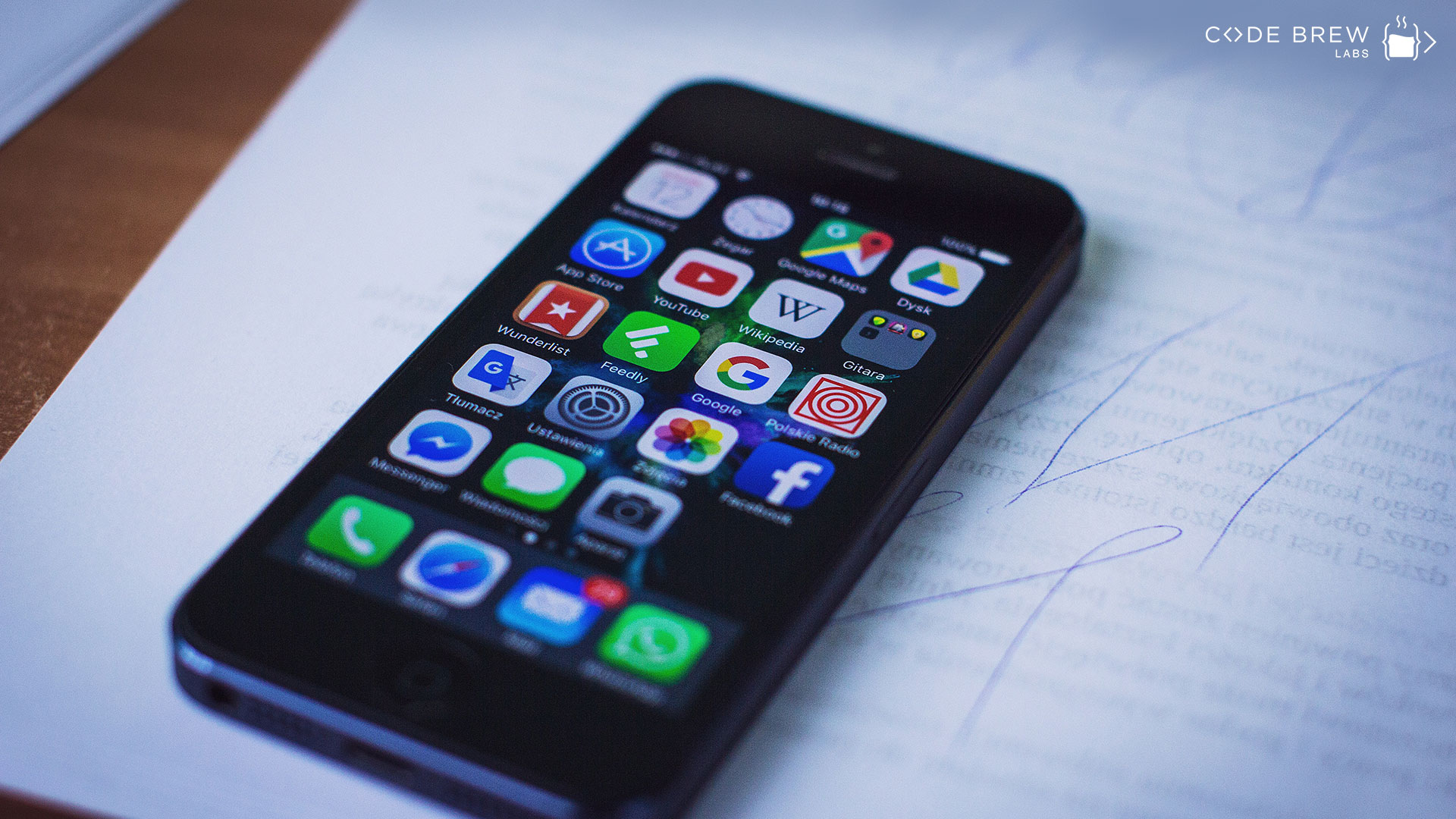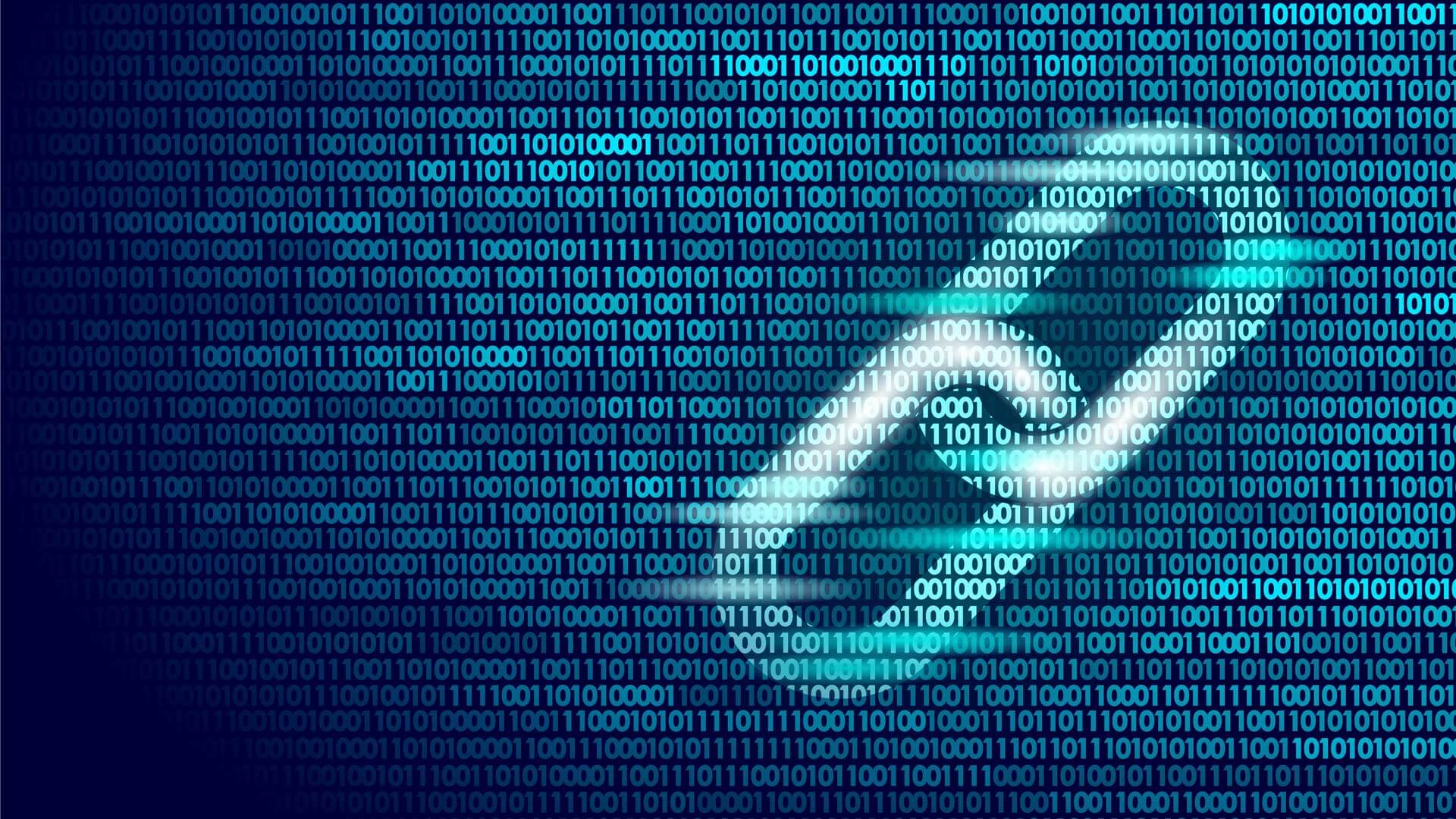THE INDUSTRY
The Healthcare Industry shows a great degree of promise – globally speaking, the monetary potential is marked to be $9.59 trillion, a figure quoted by PWC. This includes a vast gamut of services: the commercial and social aspects of healthcare, from nutritional supplements to biosensing devices, from remote testing to cloud computing used for patient data.
The healthcare marketplace is currently also undergoing serious disruption due to new entrants trying to fix existing issues that plague the sector. More often than not, these entrants are all armed with the latest technology – be it mobile platforms, the capacity for analytics and big data, or connecting patients with caregivers with the help of cloud computing and IoT.
The healthcare system is also facing a radical change as a result. The system is becoming proactive in nature, as compared to its existing reactive status. What does this mean?
The reactive system of healthcare is highly centralized. Caregivers and professionals are clustered in certain geographical areas – be it dispensaries, hospitals or specialised clinics. Quite a few of them also include testing capabilities for prognosis and other facilities like vaccination booths.
The patient does not visit for regular check-ups unless they have been of this mind-set, or are overtly conscious of their health – and lastly, they do contract an illness after all, compelling them to visit. This sets in motion a sluggish system, where long lines and appointment redundancies occur. The ratio of caregivers to patients is stunted in most areas around the globe, so this is no surprise. Malpractice, the lack of quality healthcare, the lack of general access and so on plague this reactive sector.
For clarity, we wish to highlight that the challenges arise due to this model still flourishing in most parts of the world – the country, be it the US or India – faces the same challenges on different scales. These are:
- The global population is an aging one, facilitating focus on elderly healthcare – something agencies are not yet prepared for.
- The rise of chronic diseases like Obesity, Diabetes, heart diseases and so on is staggering. Up to 63% of deaths can be attributed to these globally.
- Access to healthcare is poor – workforce shortages, lack of specialists and infrastructural issues all make up for this factor.
- The cost is inversely proportional to quality of healthcare in many cases. This needs standardization, monitoring and remediation.
- A lack of technological investment in the system has been observed due to ignorance or reluctance to adapt.
- Patient records are insecure, and malpractice suits are thriving.
The Proactive System
As awareness standards and technology – both surge, the system is shifting to a proactive model. Here, a decentralized, unit-based approach is taken. Efforts are being taken to empower each individual with the necessary monitoring, diagnostic and preventive tools in the form of wearable accessories, application-based testing (smartphones and otherwise), highly mobile forms of healthcare consultation, therapy and treatment – and finally, the consolidation of patient data in secure data vaults for reference and prognosis. This is mostly where healthcare app development comes in.
The patient here is connected to this neural network of healthcare monitoring and caregiving – enabling efficiency, transparency and remote access to healthcare for those who are less unfortunate. Our aim is to foster the development of this system, and this is precisely where technological solutions and healthcare app development comes in.
Many experts predict half of the hospitals to shut down by 2020, and we see an effect in Denmark already, with 70% of its hospitals closed, having made a transition already.
This proactive system hinges on the development in the IoT concept – the internet of things will be essential in converting most devices like smartphones and watches into healthcare supplying units, from consultation, to diagnostics and even the delivery of medicines at your doorstep. This is aided by immense investments in Big Data and Analytics in businesses the world over.
The global healthcare analytics market is hence expected to grow and reach $18.7 billion by 2020 in this vein.
A PWC Report also states that the global mHealth revenues will increase nearly six-fold by 2017, with monitoring services and applications representing 65% of the market.
The Proactive system, in short, aims to solve the numerous challenges posed by the other system – and our endeavours should consider these challenges to be opportunities instead.

Questions for Healthcare App Development
The process of healthcare app development requires us to address several aspects. Three aspects that are particularly important here are:
- What sector do you wish to enter with this app of yours?
- What are the challenges in this sector?
- What can your app do in terms of addressing these challenges, and going beyond standardized expectations?
One needs to understand that the prime function of mobile apps and other subsequent technological innovation is to ease and remedy problems faced in various industry verticals, or stagnant industries – this is very visible from the industry overview given above.
This time, we examine the sphere of healthcare app development. This sector has been chosen carefully due to its current state of affairs: the challenges are many, and those who remain to address these challenges are few and far in between. Of course, the race to develop apps responding to a different model of healthcare are springing up, but their efficacy remains to be seen. Apart from a few noteworthy ones like Heal, or Telehealth companies like Teladoc – disruption is not a common affair.
With this primer on healthcare app development, we address the questions above with respect to the healthcare sector – providing an overview for opportunities, challenges involved and lastly, what kind of healthcare app development can occur in terms of structure and function.

The World of healthcare app development
As discussed, mHealth is a booming sector. This is because it affords quality healthcare relatively cheaply, while also solving the problems of access. The mobile first approach is consumer-centric – elderly patients and other ones who don’t have access will benefit the most. Others can use devices and connected mobile apps that can engage in self-monitoring, or grid-based monitoring that signals when it is time to seek help, or consult a doctor.
Healthcare app development has many types of apps within its ambit. Many of them focus on converting mobile devices into healthcare devices that can monitor, diagnose, and connect to a caregiver and so on. You can choose your area of focus with this list:
- Applications for Diagnostic Assistance
Apps which can check symptoms, provide lab report reviews, digital imaging and so on. Braincheck is an example.
- Applications for Remote Monitoring
Apps which can persistently keep track of patients and their health conditions like monitoring blood sugar levels for diabetics and remote ECG viewers.
- Personal Reminder oriented, Alert-based apps
Apps which manage prescriptions and provide other reminders for appointments with the doctor and so on – simple scheduling.
- Medical Referencing Apps
Apps which provide reliable medical information for ready referencing in the form of manuals, databases and certified diagnostic supplements like WebMD.
- Applications for Healthy Living
Many of these often tie in with their biosensing device counterparts like FitBit – where certain vitals are monitored. Yet others dole out diet plans and so on, like Fooducate.
- Applications that provide Remote Healthcare, on-demand
These are mostly Telehealth based apps which can facilitate a doctor’s consultation online, or even provide a doctor on call, like Heal. One of the most effective app categories.
There are also apps that attempt to integrate several aspects, like iTriage.
To engage with the process of healthcare app development, one needs to identify what type of app one wants to develop – specifications and complexity vary with these.
Scheduling apps and other such aren’t so hard to manage, or market – but the influx of these is sizeable.
Applications which convert your device into a monitoring tool are harder to pull off, because these require certification to show that they are reliable, and have to operate with minimal hitches.
Doctor on-demand apps require a tight scheduling program, along with customer outreach and several payment options, like integrating health insurance in the billing. These need the micromanagement of several aspects.
The most profitable can be the healthy living devices, as those are largely entering the scope of proactive healthcare. The fact that the consumer monitors their own health in order to lead a wholesome life empowers them, and also facilitates database creation when it comes to patient information – healthcare app development should centre on these aspects.
The advent of the cloud and other data security technologies has made storing information easier than before, and the large scale application of this tech will be crucial for the healthcare industry – particularly in the world of healthcare app development.
Tech companies should ideally focus on giving you complete assistance. This involves the positing of wearable devices, developing back-end systems and APIs, providing Business and enterprise solutions, generating a powerful, easy-to-use User Interface, several stages of prototyping and app development and making your app secure when it comes to storing information and so on.
Keeping these things in mind when you invest in the process of healthcare app development is crucial. The company should combine your idea with their technical expertise and skill in order to make your healthcare app a reality.
We at Code Brew have a highly professional, 360-degree approach to healthcare app development, eschewing the tenets we highlighted above. To avail of this experience, do not hesitate to contact us – let us be your guiding force for your disruption into the world of healthcare.






